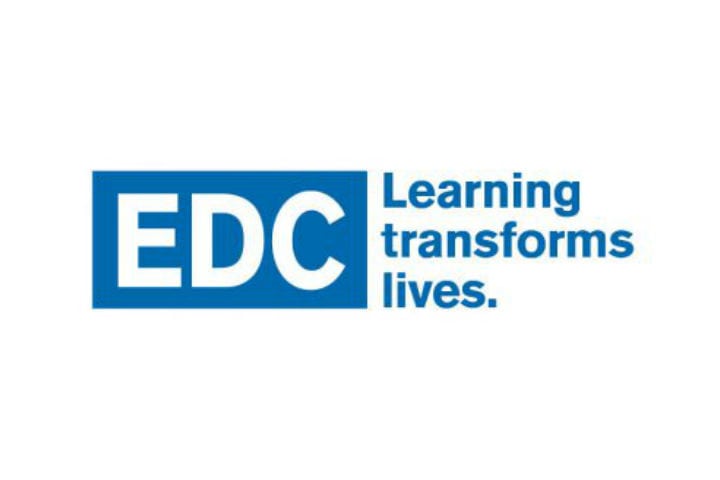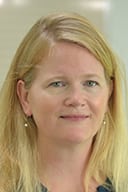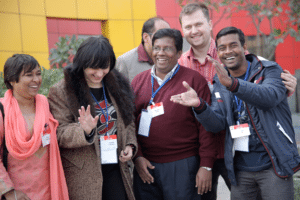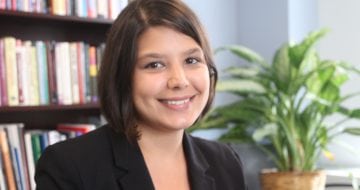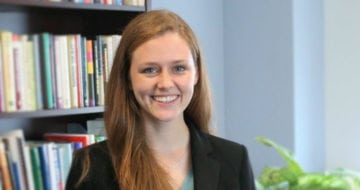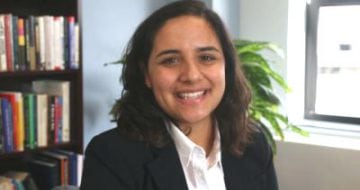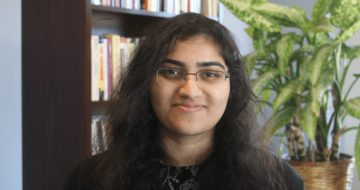Education Development Center (EDC) Senior Research Associate Wendy Rivenburgh, and Training and Technical Assistance Associate Kate Goddard, are experts in youth media education and project-based learning. In this post, Wendy and Kate explore the powerful and urgent opportunity to build young people’s media literacy through media making. Follow EDC on Twitter at @EDCtweets.
Today’s fraught civic landscape has focused the minds of a broad spectrum of thought leaders, educators, and average citizens on the imperative of media literacy. What’s key to cultivating young minds—hands-on inquiry, critical thinking, and collaboration around real-world issues—is now clearly vital to meaningful participation in our democratic institutions. We believe that supporting young people in thoughtful, creative media making is a powerful way to build media literacy skills and promote civic engagement, and we have developed a model for training educators in the art of youth media making.
Media literacy is, among other things, about raising the stakes—motivating consumers of media to care about the messages they are seeing or hearing, and learning to decode these messages and share their own perspective. When educators facilitate purposeful youth media making, their students make deliberate choices about what they want to say and how they want to say it. Moving through this creative process behind the scenes as filmmakers, artists, or journalists gives them insight on the producers who stream content onto their phones and into their lives. It is a tremendous lesson in perspective taking. Youth media making:
- Cultivates young people’s skills in analyzing and critiquing media
- Fosters creative idea development on the issues that young people care about
- Empowers young people to utilize technology to create and share compelling work with an audience they want to reach
From 2007 to 2016, EDC worked as program partner for Adobe System’s signature philanthropic initiative, Adobe Youth Voices (AYV), which guided educators in facilitating media making experiences that transformed how young people view media, themselves, and their world, training more than 5,000 educators in 60 countries over the course of a decade.
The AYV program model focused on educator practice and the process for creating media, not just the technology. Core to our training was building educators’ media literacy and providing strategies and resources to support them in cultivating young people’s media literacy skills and language, for example, through critical media analysis. We developed a simple reflection tool, SAMS, to prompt youth to reflect on and discuss the Story, Audience, Message, and Style of media works, which became an essential resource in our professional development toolkit.
In AYV, YouthLearn, and other initiatives, our approach to professional development has always been to foster communities of practice, support peer-to-peer learning, and prepare educators to use these collaborative learning approaches with youth. One way we encourage educators and youth to learn from each other is to embed reflection in the creative process, engaging them in a shared quest to distill best practices and strategies. We also guide educators in helping youth connect their media making to the real world outside the classroom—family and community, government officials, and industry. The point is to leverage what is so innately compelling about media in the service of learning and civic engagement.
In multiple ways, we endeavor to make youth media activities accessible for teachers, to remove barriers for participation, to encourage young people to formulate their own views on issues they care about, and to make sure that all youth believe their views are worthy to share.
For educators looking to lead this work in their own programs, here are a few strategies:
- Practice making media yourself, outside the classroom
- Seek examples of media bias and discuss with students
- Contemplate your own biases
- Explore the latest research on media literacy
- Use writing prompts and other scaffolding activities to weave media into standard curriculum
- Embrace constructivism throughout your practice
- Network with peers for reflection and moral support
As we have worked in the field of youth media for the past 15 years—refining our strategies for media making, technology integration, and project-based learning in informal and formal settings—we have learned that with the right supports, educators anywhere can facilitate meaningful activities that promote media literacy and empower youth to create media with purpose. It’s possible and, more than ever, necessary to disrupt young people’s relationship with media, to equip them to take more care in how they perceive the world and, ultimately, evolve from passive consumers into change agents with their own messages to share.
This post originally appeared on EDC’s blog: http://ltd.edc.org/


